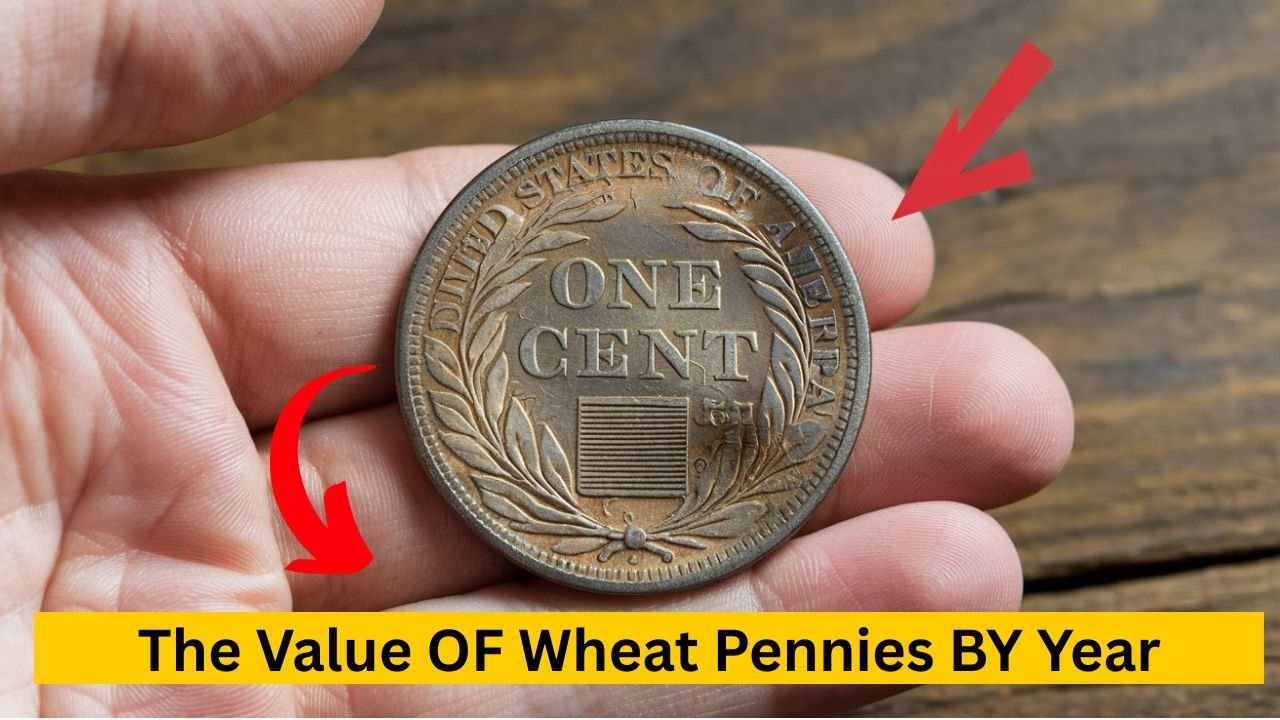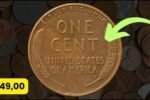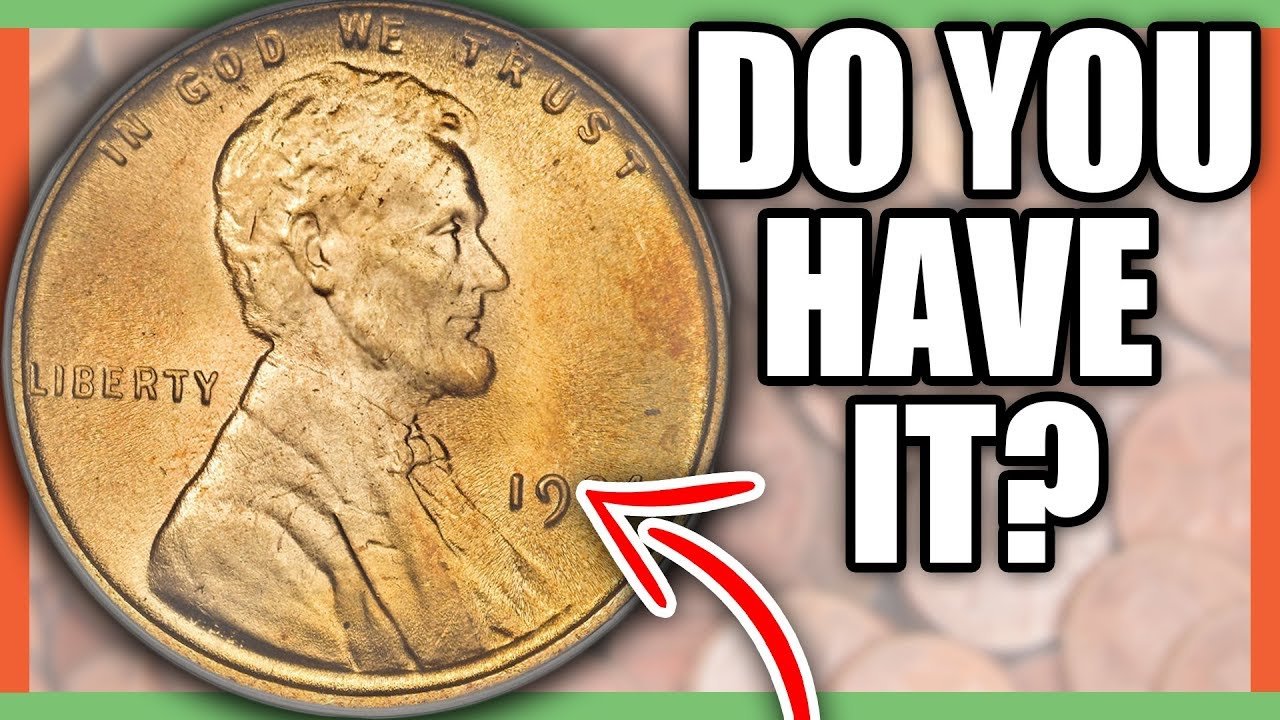For over half a century, the Lincoln Wheat Penny—minted from 1909 to 1958—circulated in the United States and became one of the most collected coins in American history. Though originally worth just one cent, certain years and mint marks of the Wheat Penny can be worth hundreds or even thousands of dollars today. For coin enthusiasts and casual collectors alike, knowing which years hold value is essential.
A Brief History of the Wheat Penny
The Wheat Penny, officially known as the Lincoln Cent, was first issued in 1909 to commemorate the 100th anniversary of Abraham Lincoln’s birth. The obverse features Lincoln’s portrait, while the reverse displays two wheat stalks, symbolizing prosperity. This design remained until 1959, when it was replaced by the Lincoln Memorial cent.
The Kennedy Half Dollar Valued at $5.9 Million, Still in Circulation
Factors That Affect Value
The value of a Wheat Penny depends on:
-
Year and mint mark (coins from certain mints are rarer).
-
Mintage numbers (the fewer coins produced, the rarer the coin).
-
Condition (uncirculated and mint-state coins are worth more).
-
Errors and varieties (such as doubled dies or off-metal strikes).
Valuable Wheat Pennies by Year
Here’s a collector’s breakdown of the most notable Wheat Pennies:
-
1909-S VDB – One of the most famous and valuable Wheat Pennies, with only about 484,000 minted. Value ranges from $700 to $3,000+ depending on condition.
-
1914-D – Rare due to low mintage from the Denver Mint. Values often exceed $200–$3,500.
-
1922 No D – An error coin struck in Denver where the mint mark is missing. Can be worth $500 to $10,000.
-
1931-S – A lower mintage year (only 866,000 produced). Value ranges from $75 to $200+.
-
1943 Copper Penny – Accidentally struck in copper instead of steel during WWII. Extremely rare, worth $100,000 to over $250,000.
-
1944 Steel Penny – Another rare error coin, valued between $30,000 and $100,000.
-
1955 Doubled Die – Famous for its dramatic doubling effect. Values range from $1,000 to $15,000+.
General Value by Decades
-
1909–1920s: Early Wheat Pennies generally hold the most value, especially low-mintage issues.
-
1930s: Some semi-key dates like the 1931-S are collectible, but most coins are modest in value unless in top condition.
-
1940s: Common in circulation, though the 1943 copper and 1944 steel are standout rarities.
-
1950s: Most coins are common, typically worth 5¢ to 50¢, unless they are in uncirculated or proof condition.
Tips for Collectors
-
Check mint marks carefully (S = San Francisco, D = Denver, no mark = Philadelphia).
-
Use a magnifying glass to spot doubling errors or other varieties.
-
Never clean coins—cleaning can reduce value significantly.
-
Store properly in coin flips, albums, or holders to preserve condition.
Final Thoughts
The Lincoln Wheat Penny is more than just a coin; it’s a piece of American history that can also be a hidden treasure. While many Wheat Pennies are only worth a few cents, rare years and minting errors can fetch thousands—or even hundreds of thousands—of dollars. For collectors, the thrill lies in checking each date and mint mark carefully, knowing that a small copper coin could hold an unexpectedly large value.
FAQs: The Value of Wheat Pennies by Year
1. What year Wheat Penny is worth the most?
The most valuable Wheat Pennies are the 1943 copper penny (worth up to $250,000) and the 1944 steel penny (up to $100,000). The 1909-S VDB and 1914-D are also highly prized.
2. Are most Wheat Pennies valuable?
No, most Wheat Pennies are common and worth between 5¢ and 50¢. Only rare dates, mint marks, or error coins hold significant value.
3. How can I know if my Wheat Penny is rare?
Check the date, mint mark, and condition. Key years like 1909-S VDB, 1914-D, 1922 No D, 1931-S, 1943 copper, and 1955 doubled die are rare and valuable.
4. Should I clean my Wheat Pennies before selling?
No, cleaning coins can lower their value. It’s best to leave them in their original condition and have them professionally appraised.



